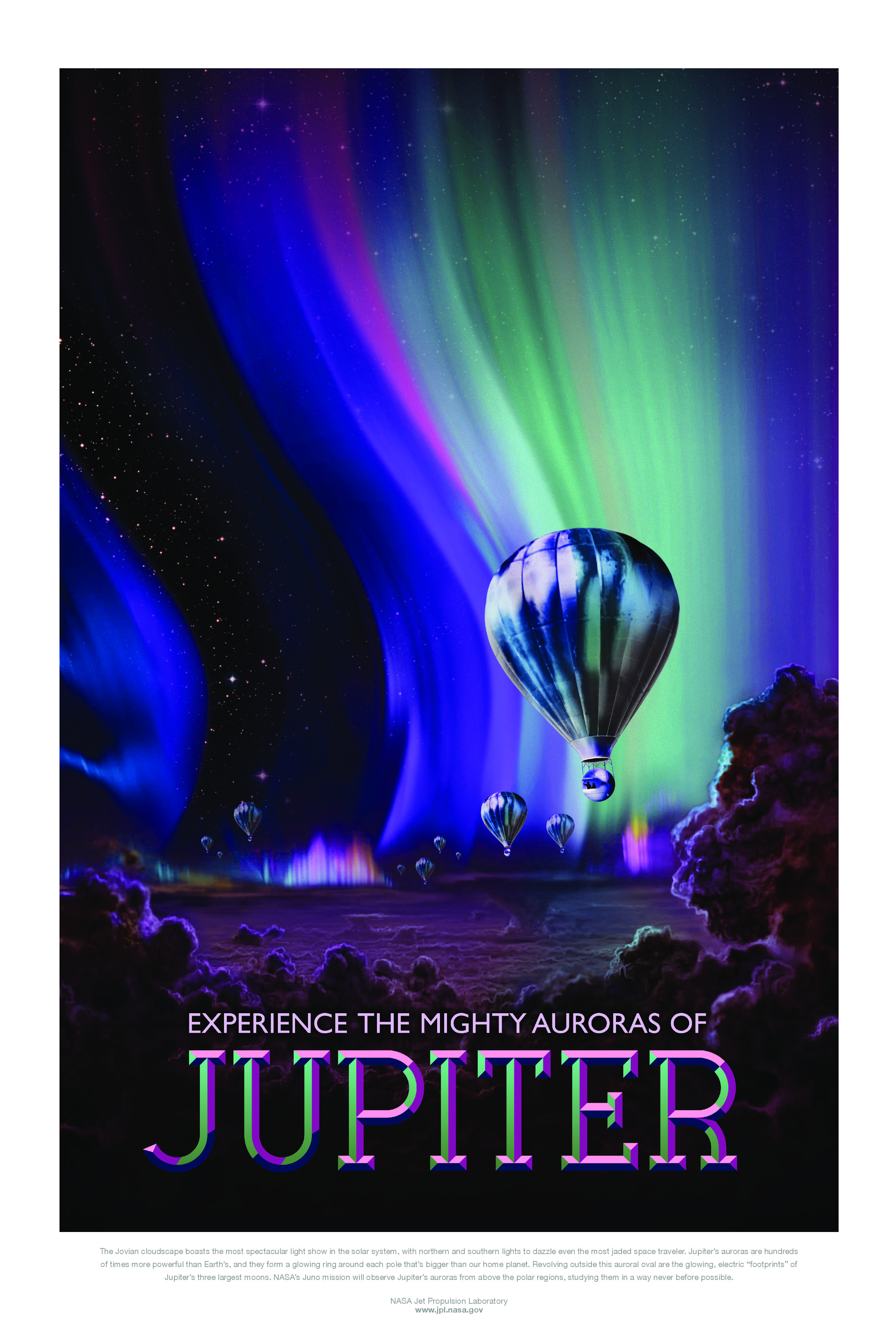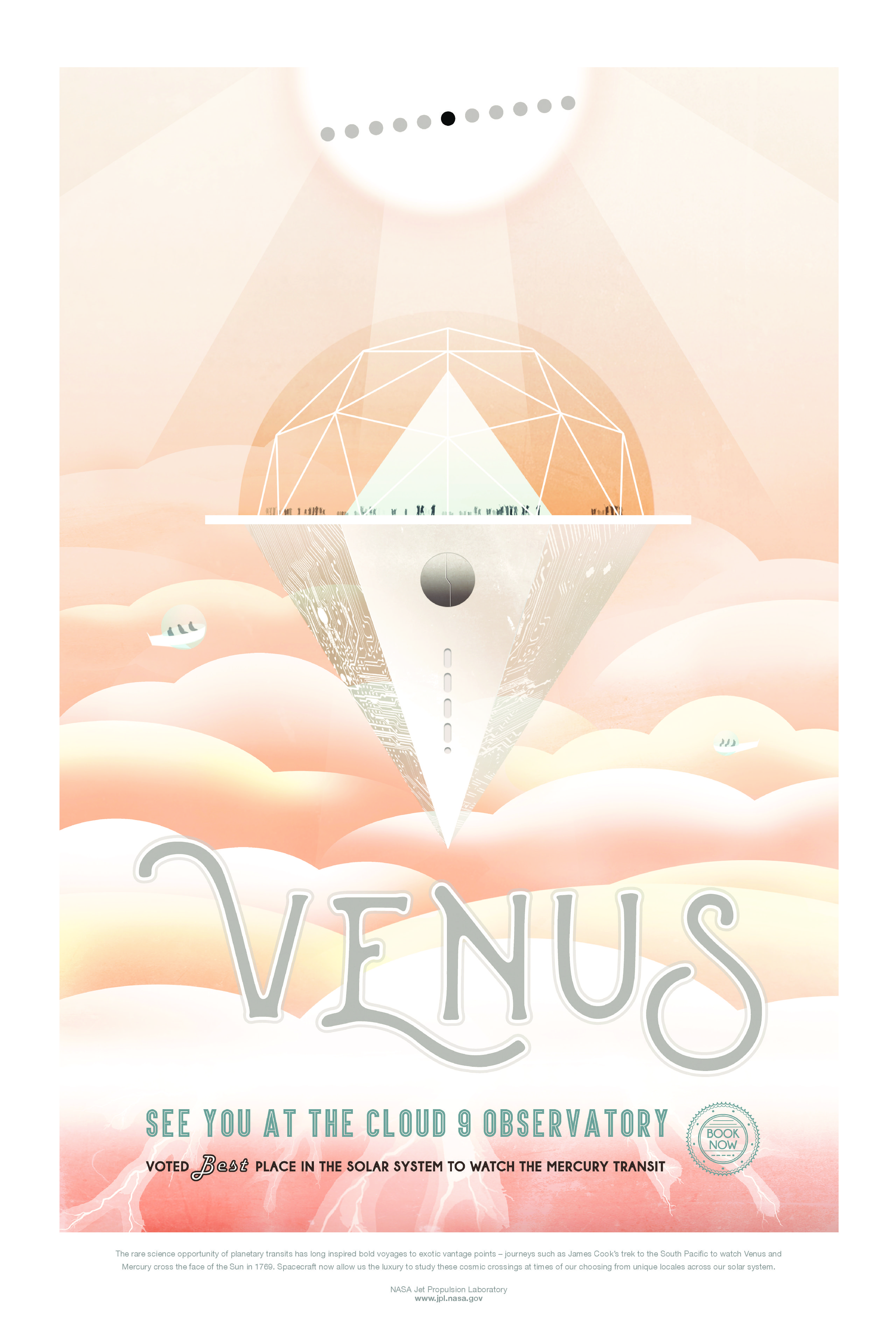
Outerspace travel is closer than we think
Outerspace travel is closer than we think
BY: BENJAMIN "BENJI" KARMIS
Do you ever get so excited about explaining something to your friends that you sound like those wind-up teeth? That’s me about space. But it’s for good reason–it has been said that for every dollar we spend on the space program, we get eight back for the economy. That’s not to mention the nifty inventions we get in the process (Super Soakers, anybody?). But what exactly are space programs researching? Well take your protein pills and put your helmet on, because there are bounteous endeavors underway to colonize Mars, travel around the moon, and even get to other solar systems.
You can’t speak of space without mentioning SpaceX. Lex Luthor-esque CEO Elon Musk recently dropped his legendary plan on his website detailing how he plans to commence crewed missions to Mars within six years. Many think it’s farfetched considering that’s the average time it takes to get a four-year college degree, but SpaceX has a good record of accomplishing their goals, namely their rise to fame from their reusable rockets which cost fractions over competitors to get to orbit.
SpaceX isn’t stopping at merely attempting to step foot on Mars. Musk has aspirations to create a million-person-strong settlement there in the next 40-100 years using a spaceship called the Interplanetary Transport System, which separates itself from its competitors by its gargantuan human cargo capacity of 200 people per load. Paired with the reusable rockets, it will further cut costs to get humanity to Mars over traditional methods. Think of how much less your economy class airline ticket costs over a jet that only carried two people. Trips to Mars would be astronomically cheaper, which is how Musk plans on cutting tickets to Mars down to $200,000 or less a person, which is about the same price of buying a house.
Then there is SpaceX’s plan to send two people around the moon by the end of next year. If you donate generously to SpaceX, you could get the opportunity to be the first humans in over 45 years to view the dark side of the moon. Cue the Pink Floyd.
But there’s more out there than just SpaceX pushing the borders of discovery. Europe-based Mars One recently trimmed down its thousands-strong pool of candidates to a hundred that they plan to send to the red planet, the aptly-named Mars 100. What makes Mars One unique is their reality-show setting. The astronauts would film the entire process, to be released by their for-profit entity, Mars One Ventures. They plan their first four candidates to launch in 2031. That’s not to mention NASA’s own plans to do the same in the mid-2030s, with China and Russia planning to mirror after the 2040s.
Mars is neat, but do you fancy places much, much further? You’re in luck, because Russian Billionaire Yuri Milner is pairing with acclaimed astrophysicist Stephen Hawking and Facebook founder Mark Zuckerburg to design a centimeters-long spacecraft to fly by and capture photos of our closest star neighbor, Alpha Centauri. They plan on using lasers on earth to propel this craft to reach speeds up to a fifth of light speed, which would take only 20 years. Not too shabby, considering it would take current spacecraft 30,000 years to make the same voyage.
From travelling to the moon, Mars, or other stars, we’ve got a shipload of humanity-defining moments staged for our lifetime. For your average person during 2017, we get a solar eclipse. If you’re in the continental US on the 21st of August this year, you’ll also get to see the moon cover the sun, which is the first to sweep the width of America in the past 99 years. Don’t stare at it head-on, though, unless you don’t care about your glasses floating off of your head in zero gravity. But if even August is too far away to dream about space, for the moment you can at least enjoy these space exploration posters NASA created for our inspiration.










